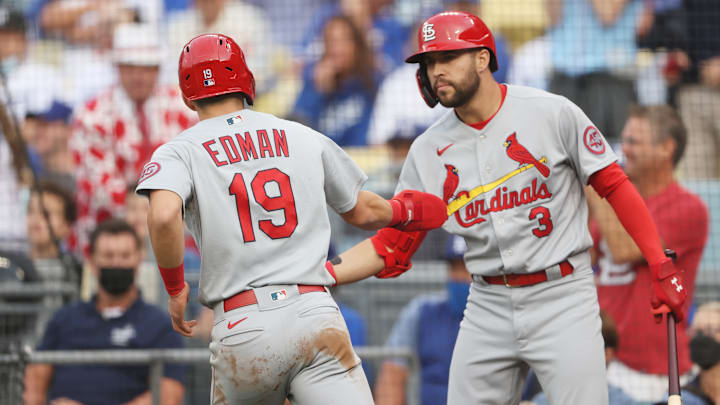8. Tyler O'Neill
Once a power-hitting, Gold Glove wielding, MVP candidate, Tyler O'Neill has fallen very quickly from the sky. He always had an above-average strikeout rate, but the power he possessed outweighed those concerns. He also played a very strong left field to complement his offensive game.
However, injuries of late have hampered his on-field performance and in turn his trade value. On the season, O'Neill is slashing .228/.283/.337 for an OPS+ of 69 across only 92 at-bats. Perhaps the biggest detriment to O'Neill's trade value is the fact that he is on the 60-day IL. Injured players cannot be traded without permission from the Commissioner himself.
O'Neill doesn't hit free agency until after the 2024 season, and there is a possibility he returns to form once he is healthy. Maybe a team such as the Yankees would take a flier on him. He will not get much of a return for the Cardinals, however.
